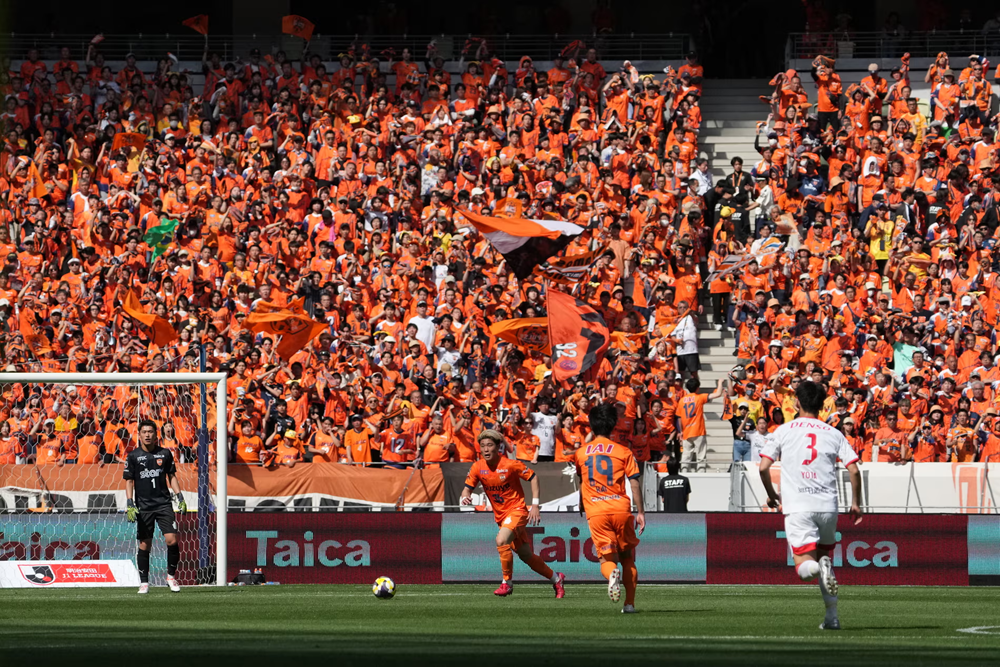
Lessons from South Korea and Japan, countries with the most developed football in the continent and which have linked administrative reform with sports reform, show that if there is synchronous planning, changing administrative boundaries can completely become a turning point for a sustainable football development.
In many countries such as Japan and South Korea, administrative restructuring has paved the way for a parallel reform of local sports.
In Korea, basic administrative units such as “si” (city), “gun” (county), and “gu” (county) are often merged or their boundaries are adjusted to improve administrative efficiency, especially in rural or peri-urban areas experiencing population decline.
To let football culture take root in the locality
The establishment of large cities such as Incheon, Suwon, Goyang comes with its own mechanism to develop local sports. Korea has a system of National Sports Promotion Act, which clearly stipulates the responsibility of local governments in ensuring facilities and budget for community sports . Large cities are encouraged to establish representative sports teams, especially in sports such as soccer, basketball, baseball.
Thanks to that, the Seoul Capital Area (including Seoul City, Incheon and Gyeonggi-do Province) is currently the headquarters of nearly half of the clubs in the K League and K League 2. Each team is attached to a specific administrative unit, such as FC Seoul, Incheon United, Suwon Samsung, Bucheon FC... with a cooperation mechanism with the local school system, supported in renting stadiums and prioritized in allocating education and sports budgets.
In Japan, from the late 1990s to the mid-2000s, the government implemented a large-scale administrative reform wave, known as the “Heisei Consolidation,” to reduce the number of grassroots administrative units from more than 3,200 to about 1,700. The goal was to improve administrative efficiency, streamline the apparatus, and reallocate the budget more reasonably.
However, the merger process not only serves administrative and financial purposes, but also opens up opportunities to restructure the local cultural and sports model. Immediately after the new administrative units are established, local authorities are required to develop a 5-year Cultural and Sports Development Plan, in which football is one of the priorities.
The Japan Football Association (JFA) and local federations jointly issued specific criteria for a club to develop sustainably: Having a standard stadium with 5,000 - 10,000 seats; operating a youth training system from U12 to U18; connecting with the local school system; ensuring stable finances for at least 3 seasons; and the management team having a sports management certificate.
For clubs that are not yet qualified, the JFA issues an “Associate Membership Certificate”, a mechanism that acts as a “waiting room” for them to be recognized and supported in preparing to join the J.League in the future. This creates continuity in the system, helping new localities have a systematic roadmap to build professional clubs.
Many of the teams present in the J.League today are a direct result of administrative mergers and accompanying sports planning. Examples include: Machida Zelvia (Tokyo): Thriving after Machida was recognized as an independent city; Vanraure Hachinohe (Aomori): Formed from the merger of several small towns in Aomori Prefecture, expanding investment resources; Iwate Grulla Morioka: Started as a grassroots semi-professional team, but flourished after the towns in Iwate Prefecture were merged.
Statistics up to 2025 show: From the initial 10 J.League clubs in 1993, Japan now has 60 professional and semi-professional football teams, of which more than half are associated with newly formed urban areas after administrative reform.
This not only improves the quality of the competition system, but also expands the base of Japanese football, a key factor in helping the country become one of the most developed football nations in Asia. An important foundation of the Japanese football model is the close connection between school sports and local clubs.
According to JFA policy, at least 50% of youth coaches (U12 - U15) must be physical education teachers at public schools. Each J.League club has a network of cooperation with high schools and colleges in the area, called "School Partnership".
This model not only helps save recruitment costs, but also ensures that the process of discovering and training talents is implemented right from when the children are still in school. This is also a way for clubs to build local identity, long-term ties with the local community and educational institutions.
As a result, football clubs have become an integral part of local communities. “Football culture has truly taken root in Japan,” said Yoshikazu Nonomura, president of the J.League. “When the league started, many people thought it was just a flashy form of entertainment. But 30 years have passed, and I believe we are getting closer and closer to the ideal J.League that we dreamed of.”
The J.League not only brought professional football to Japan, but also replaced corporate teams with clubs that represented their own local regions.
Lessons for Vietnamese football
Returning to Vietnam, the professional football league system is currently in the form of an “inverted pyramid”: The top level (V.League) tends to swell, while the bottom (Second Division, amateur, academy) lacks vitality. In addition, many clubs are unstable due to their complete dependence on corporate sponsors. When lacking infrastructure, youth training, stadiums and loyal audiences, football teams easily fall into crisis when they “lose oxygen” financially.
The merger of administrative units, provinces and cities is an opportunity to redesign the local football map. New provinces and cities with reallocated population, infrastructure and budget can completely become sports development centers if properly planned.
If the administrative merger program is accompanied by a systematic sports planning, Vietnam will have the opportunity to restructure the “football pyramid”: solidify the foundation of the movement, stabilize the middle level and reach the peak of professionalism. On the contrary, if only the boundaries are changed without changing the way of thinking and management, local football will still fall into a vicious circle: lack of funding, lack of players, lack of spectators…
Source: https://baovanhoa.vn/the-thao/tu-cai-cach-hanh-chinh-den-tai-cau-truc-nen-bong-da-148335.html


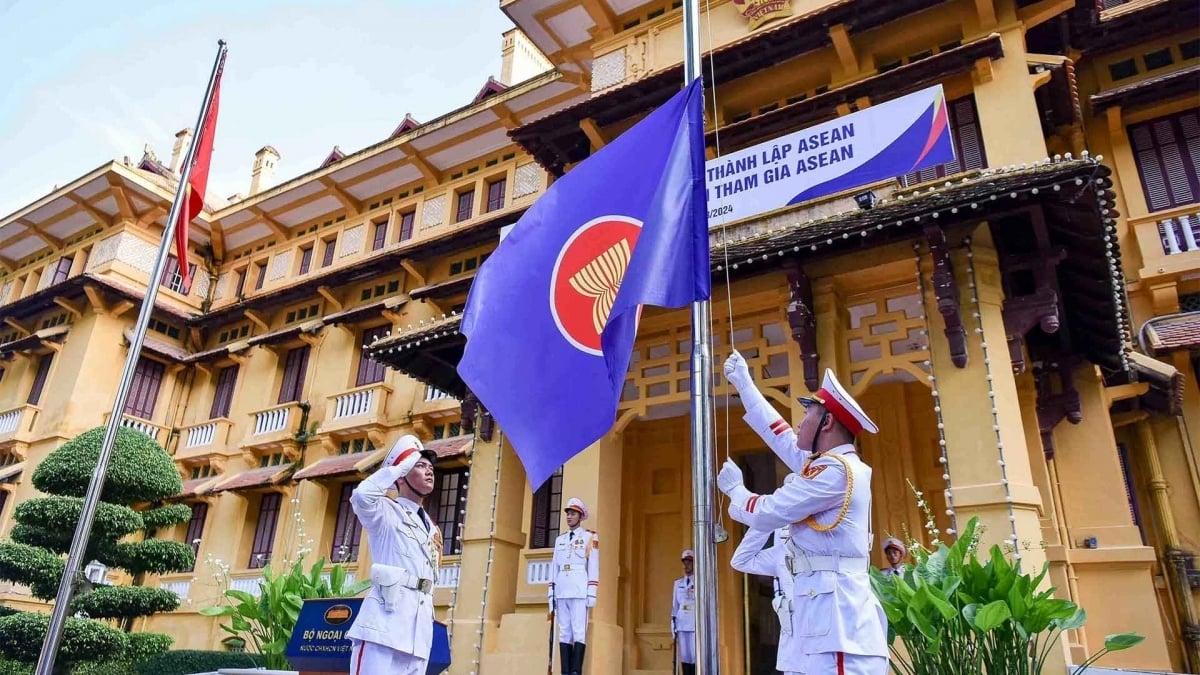

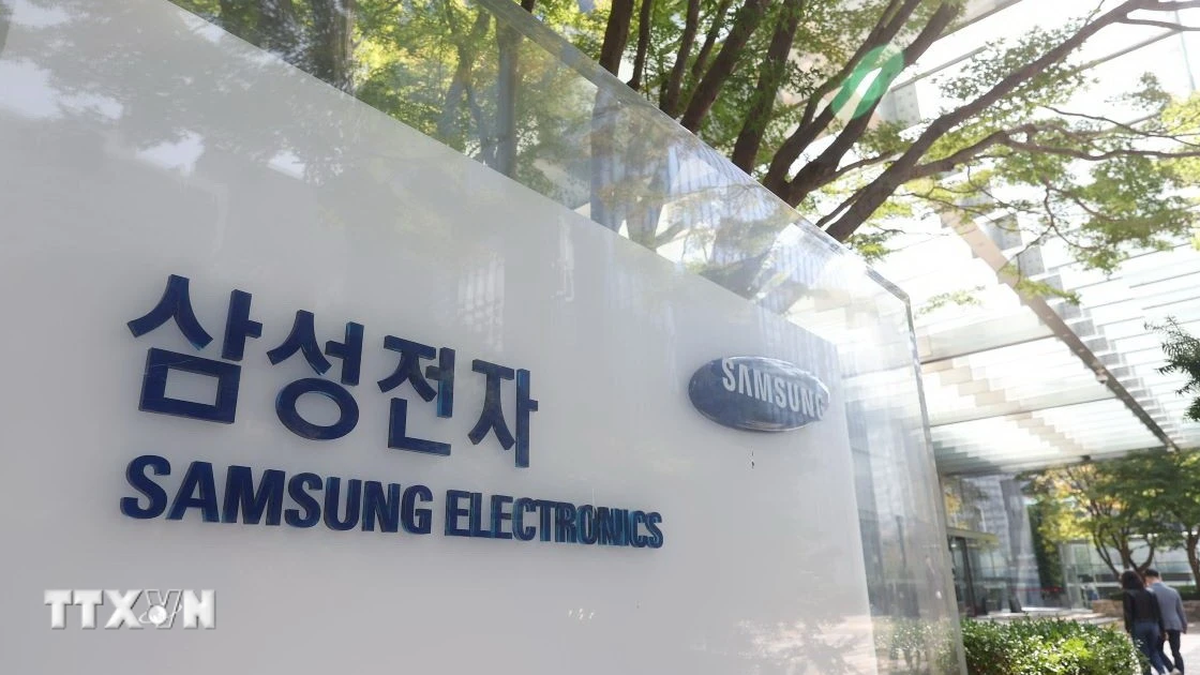



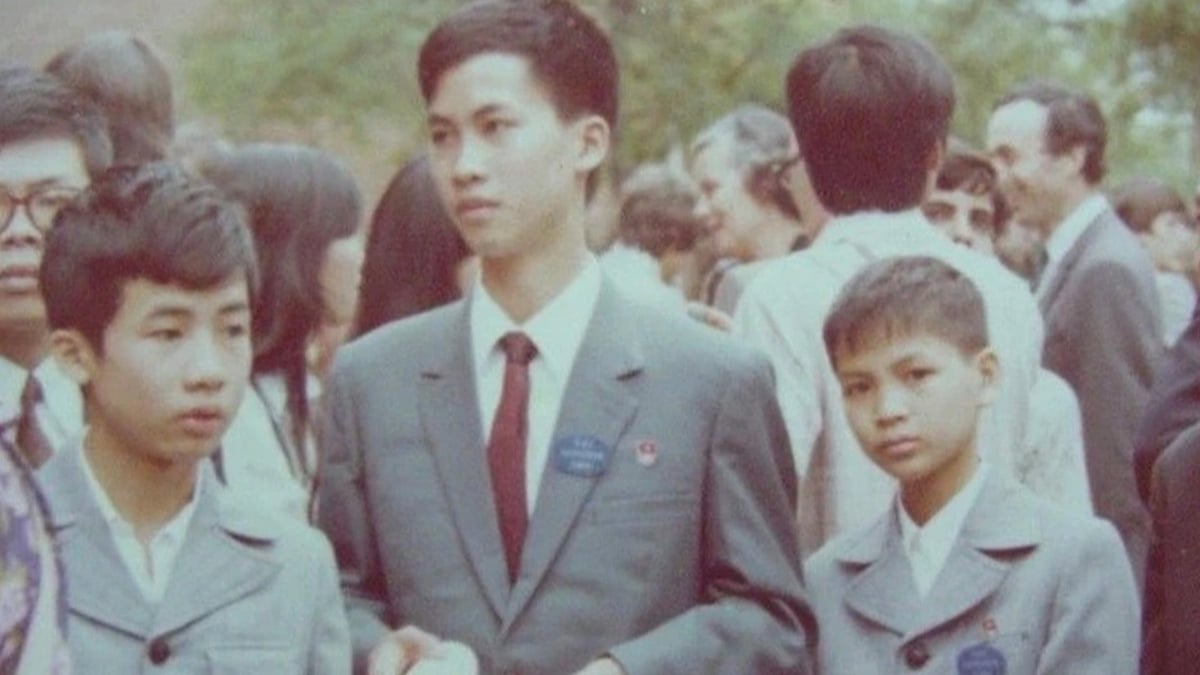


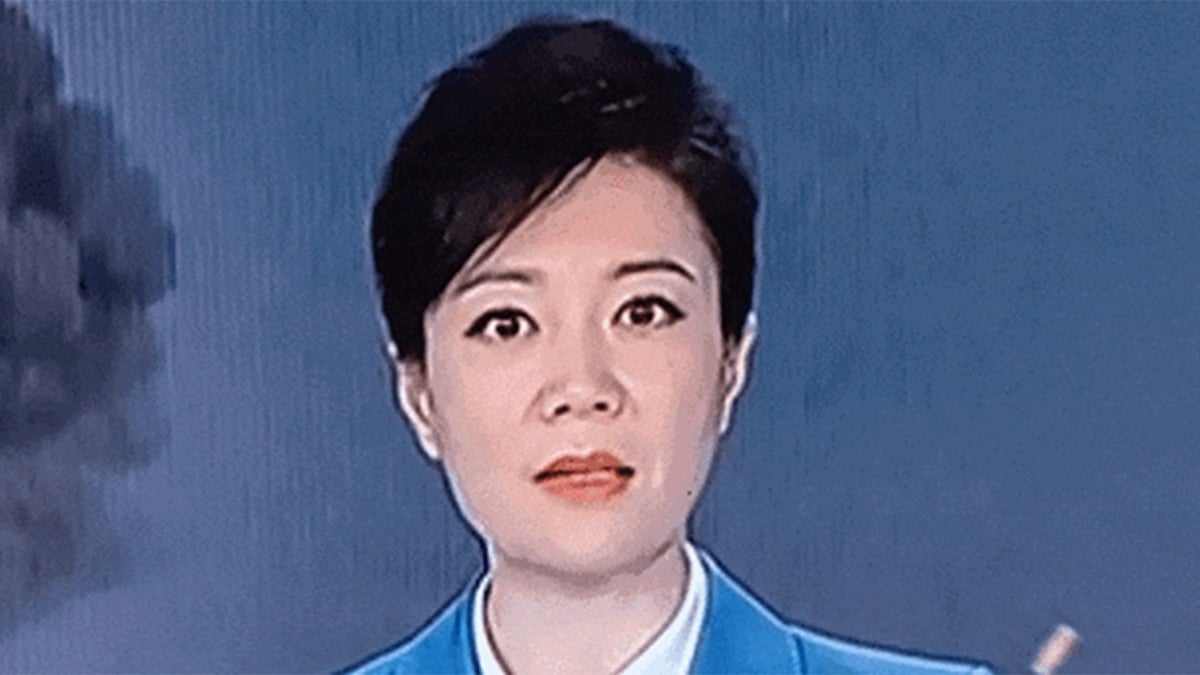
















































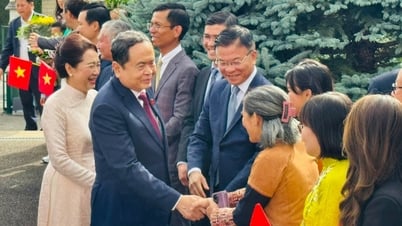
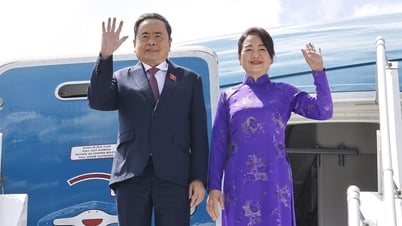



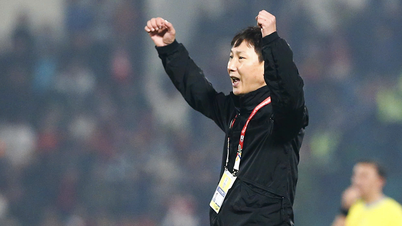
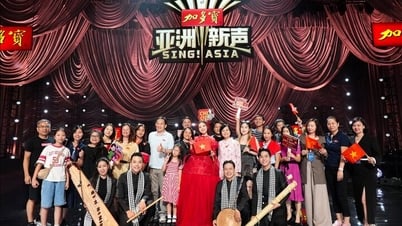
































Comment (0)